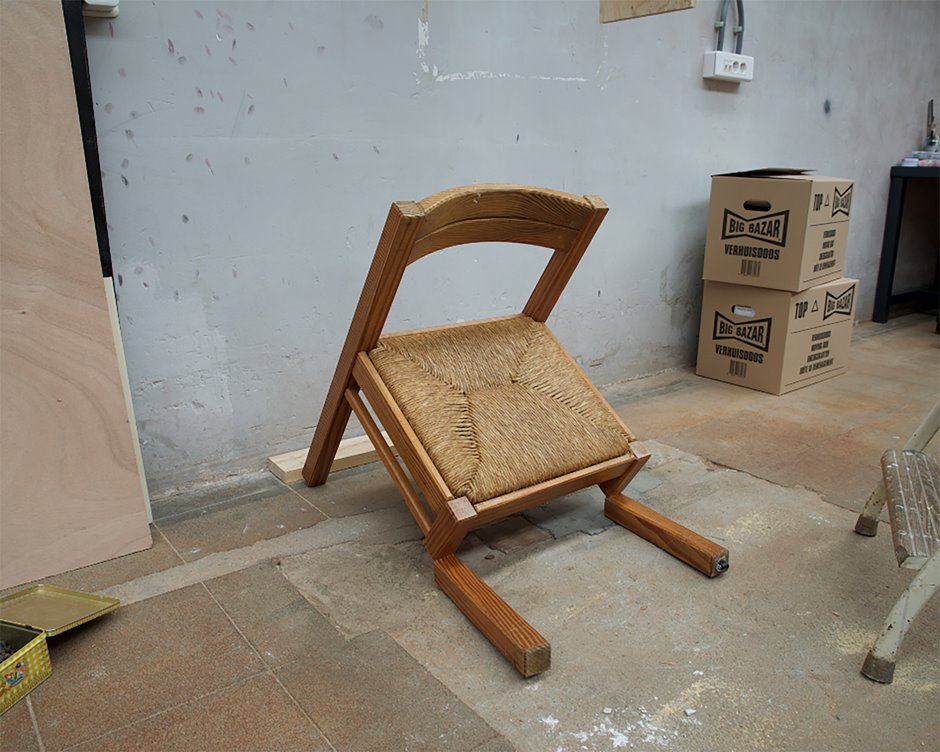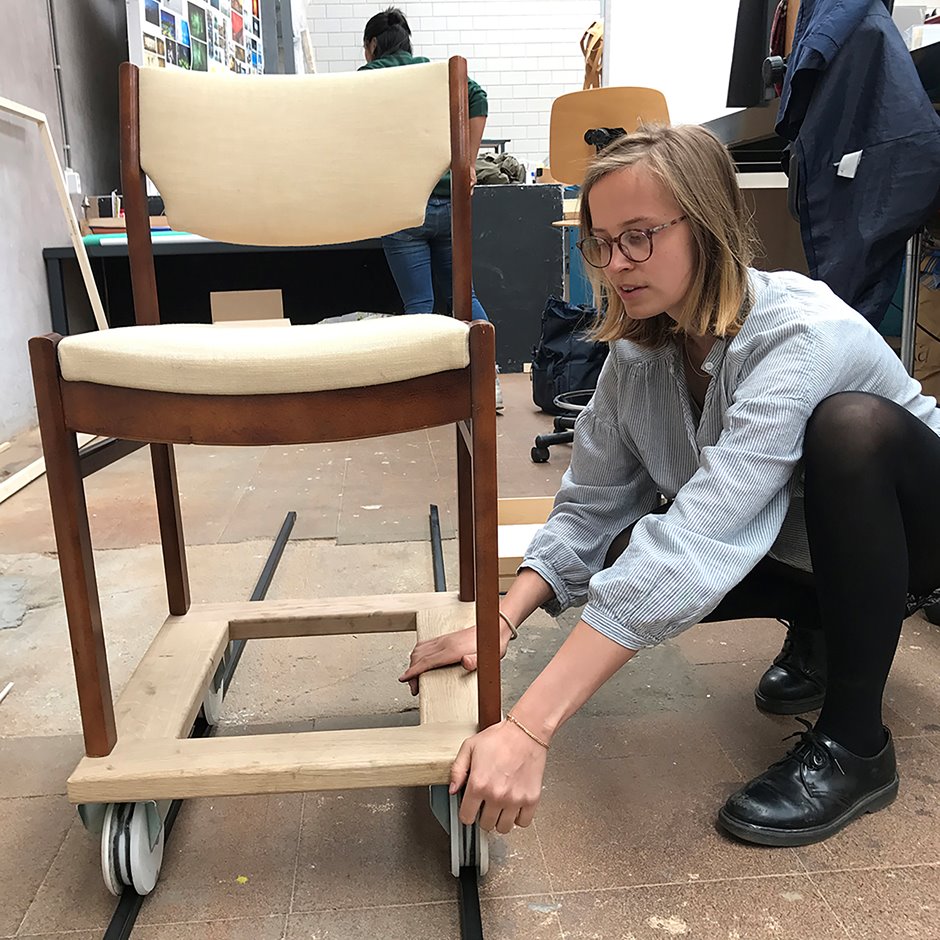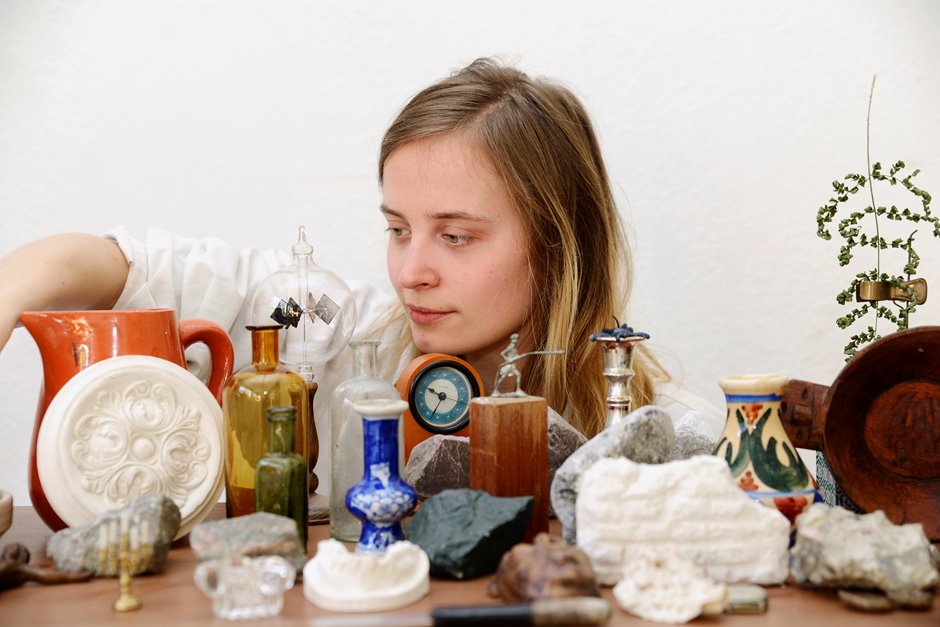Moving chairs as a response to climate change
Interview with Anne Leijdekkers

Age
‘It’s a hot topic in theatre to take the actors off the stage and to look at all the non-human actors that are left. That’s another project I’ve done: all of us looking at a chair that slowly collapses from age. You don’t normally witness something like that because it happens in an attic or somewhere. When you put it on a stage, it suddenly becomes very performative and acquires a different meaning.’
'Scale, time and movement are the three main ingredients in my research. How we see the world isn’t the only way it is. Nor is how we experience the world in time. Around us there are also all these objects, which are all there in their own way. That’s a subject very close to my heart. I think it deserves a bigger stage, because it’s also a response to climate change and the Anthropocene.’

A step back
‘How do we see ourselves as part of the world? Isn't it time to take a step back and let nature do its thing? Do we still have to always intervene in everything? These questions and the question of how to place the human actor in the background in theatre and give more space to the natural course of things have determined my approach to my graduation project.’
'I don't make theatre design, I just create a setting that allows people to see theatre design as it is. I show the space, and this can be done anywhere: in the graduation space, but also in a city or forest. You might be expecting to look at people in front of people, but that’s not the case.’
